Lobster farmers in the lobster capital of Song Cau regret their loss, scooping up dead lobsters, peeling off their heads, and selling them off at a loss to recoup the little capital they had invested - Photo: TAN LUC
Lobster losses after flood, risk of shortage
Association of Seafood Processors and Exporters Vietnam (VASEP) said that the mass shrimp deaths in the former Phu Yen province (now Dak Lak province) caused a "significant decrease in supply". Key farming areas in the former Phu Yen province, especially the Xuan Dai Bay area, suffered heavy damage due to floods that occurred in November 2025.
In the old Phu Yen there are currently more than 27,000 cages and is one of the largest lobster supplying areas in the country.
"The damage caused by this flood has not immediately affected year-end contracts, because businesses have prepared goods in advance.
In the medium term, the loss of lobster production about to be harvested will reduce supply in early 2026, potentially posing a risk of price fluctuations" - VASEP assessed.
In fact, lobster prices have dropped sharply due to oversupply after the Tet holiday season, along with fierce competition from Australia, Canada, the US and Southeast Asian countries such as the Philippines, Indonesia and Malaysia, which has put great pressure on domestic purchasing prices.
Lobster farmers in Song Cau town - Phu Yen ( Dak Lak province) - Photo: TL
Exports face risks from new regulations
In the first 10 months of 2025, lobster export turnover to China and Hong Kong markets reached 702 million USD, up 135% over the same period and accounting for almost all of the industry's export turnover.
This is a result that continues the strong growth momentum from 2024, when exports to this market increased by 186% compared to 2023.
According to VASEP, data from China shows that the country imported nearly 49,900 tons of lobster in the first three quarters of the year, up 13%. Of which, Vietnam is the most prominent supplier with more than 17,365 tons, nearly three times the same period, reaching a value of 556 million USD. The tariff advantage helps Vietnamese lobsters compete better than those from Canada and the US because they are subject to tariffs of 17-32%.
However, besides positive signals, export enterprises are facing great risks from new regulations that China plans to apply in the near future.
Many warnings show that the country will tighten testing, traceability and registration of processing facilities, notably Order 280 replacing Order 248, expected to take effect from June 1, 2026.
Mr. Ngo Xuan Nam, Deputy Director of the Vietnam SPS Office, said Order 280 adds many stricter regulations, requiring export enterprises to ensure quality control throughout the entire production chain.
Notably, China will issue a list of products requiring registration through the competent authority of the exporting country, instead of the previous self-registration mechanism.
Goods groups not on the approved list will not be cleared through customs, forcing businesses to update regularly to avoid the risk of producing goods that do not meet import conditions.
According to businesses, if the new regulations are implemented simultaneously and strictly, inspection time may be prolonged, costs may increase, directly affecting the export of fresh lobsters, an item that depends heavily on customs clearance speed.
JUSTICE


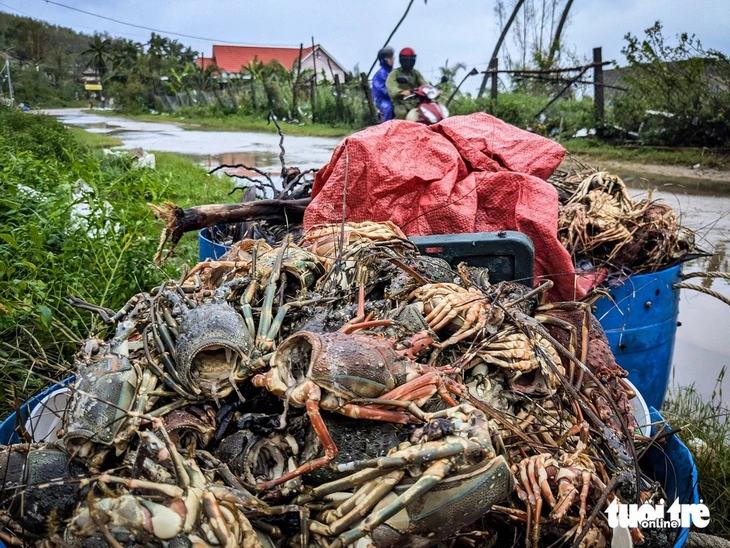

![[Photo] Prime Minister Pham Minh Chinh chairs the 15th meeting of the Central Emulation and Reward Council](/_next/image?url=https%3A%2F%2Fvphoto.vietnam.vn%2Fthumb%2F1200x675%2Fvietnam%2Fresource%2FIMAGE%2F2025%2F11%2F27%2F1764245150205_dsc-1922-jpg.webp&w=3840&q=75)

![[Photo] President Luong Cuong attends the 50th Anniversary of Laos National Day](/_next/image?url=https%3A%2F%2Fvphoto.vietnam.vn%2Fthumb%2F1200x675%2Fvietnam%2Fresource%2FIMAGE%2F2025%2F11%2F27%2F1764225638930_ndo_br_1-jpg.webp&w=3840&q=75)





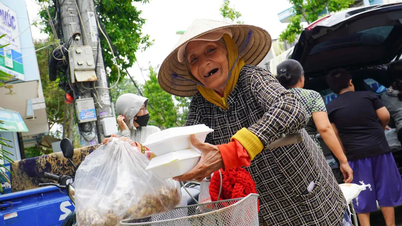














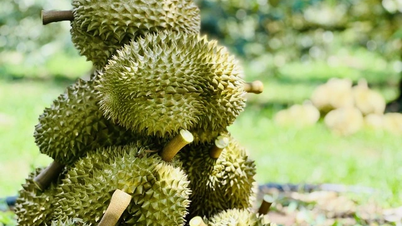




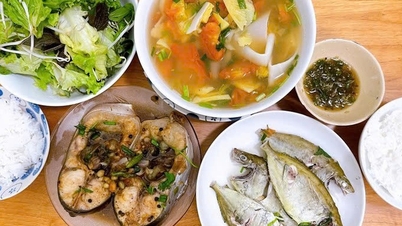



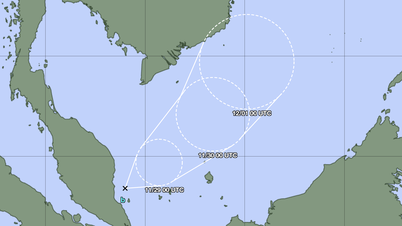







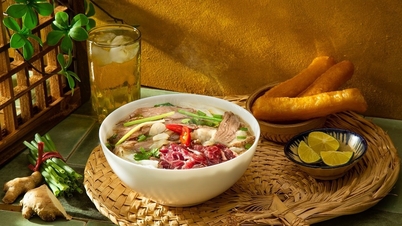












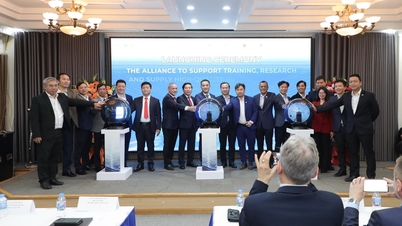






























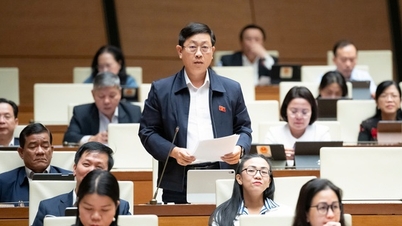

























Comment (0)